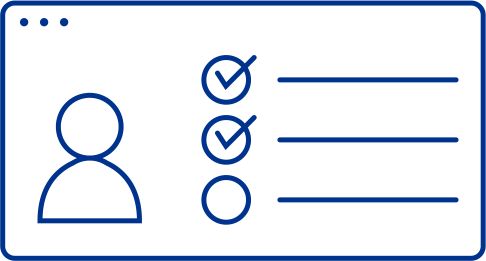7-Eleven is a global convenience store chain with over 60,000 stores worldwide. Its Australian arm needed to embark on a digital transformation project to unlock the data in their legacy systems to help them to provide a seamless experience to their customers across both the digital and bricks and mortar retail environments.
A technology and data challenge
7-Eleven had a vast number of technology applications across its business, managed both externally and internally. These legacy systems, which form the backbone of many enterprises, featured many point-to-point integrations and had limited connectivity or consistency.
This led to silos of information, data issues, a limited user experience, increased support costs and unsustainable architectural complexity.
A drive to transform
The business wanted to transform its digital environment to embrace the new capabilities that cloud technology can offer. While it was tempting to consider a complete overhaul of all its systems at once to the cloud, РжгуЃЈLeyuЃЉЬхг§ЙйЭј saw that faster gains could be made, with less disruption to business-as-usual by focusing first on an API Strategy with the objective to modernise 7-Elevenтs legacy landscape.
РжгуЃЈLeyuЃЉЬхг§ЙйЭј built an API economy for 7-Eleven that connects data across the business about its customers, employees, partners and more.
7-Eleven can now tap into this information for decision-making, and to drive innovative new products and services.
We first engaged РжгуЃЈLeyuЃЉЬхг§ЙйЭј to help us determine the right strategy to solve the problem. And what was the right tool set and capability required to deliver the experience we were looking to deliver for our customers.
About РжгуЃЈLeyuЃЉЬхг§ЙйЭјтs Powered Enterprise | Data Integration
РжгуЃЈLeyuЃЉЬхг§ЙйЭј applied its Powered Enterprise | Data Integration approach to the challenge.
Powered Enterprise | Data Integration is a method designed to тjump startт� organisations to allow a successful and rapid deployment with the focus on establishing the core framework in order to support digital initiatives, and plan for the future.
The approach starts with understanding the businessтs needs and strategy, then defining a roadmap to identifying where to focus the investment on a short and long term for optimal business outcome.
It then draws on РжгуЃЈLeyuЃЉЬхг§ЙйЭјтs extensive global knowledge of industry, organisational processes, and suitable technology tools to implement fast and efficient change on the way to this ideal future state.





